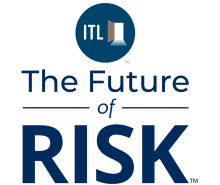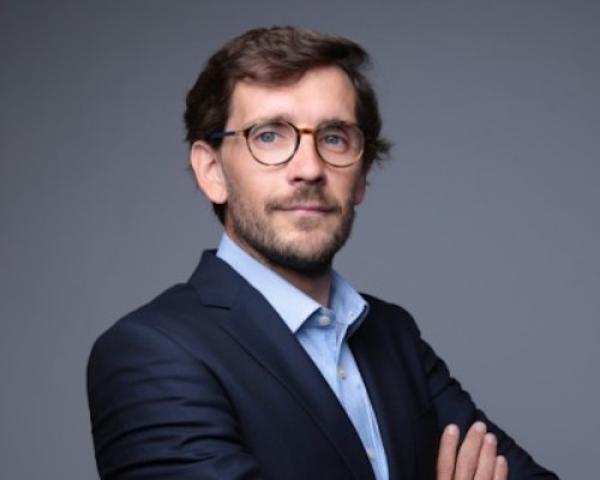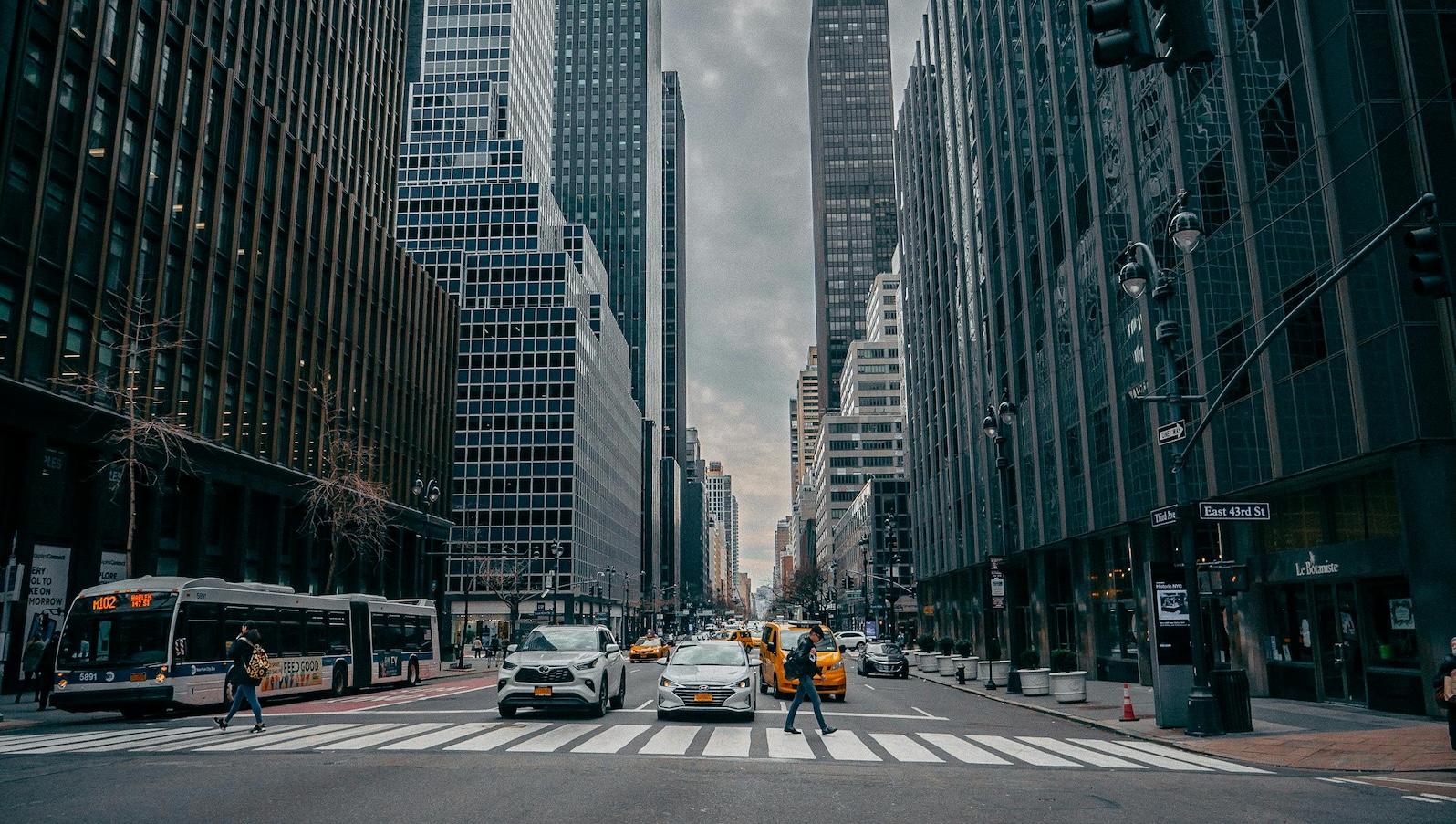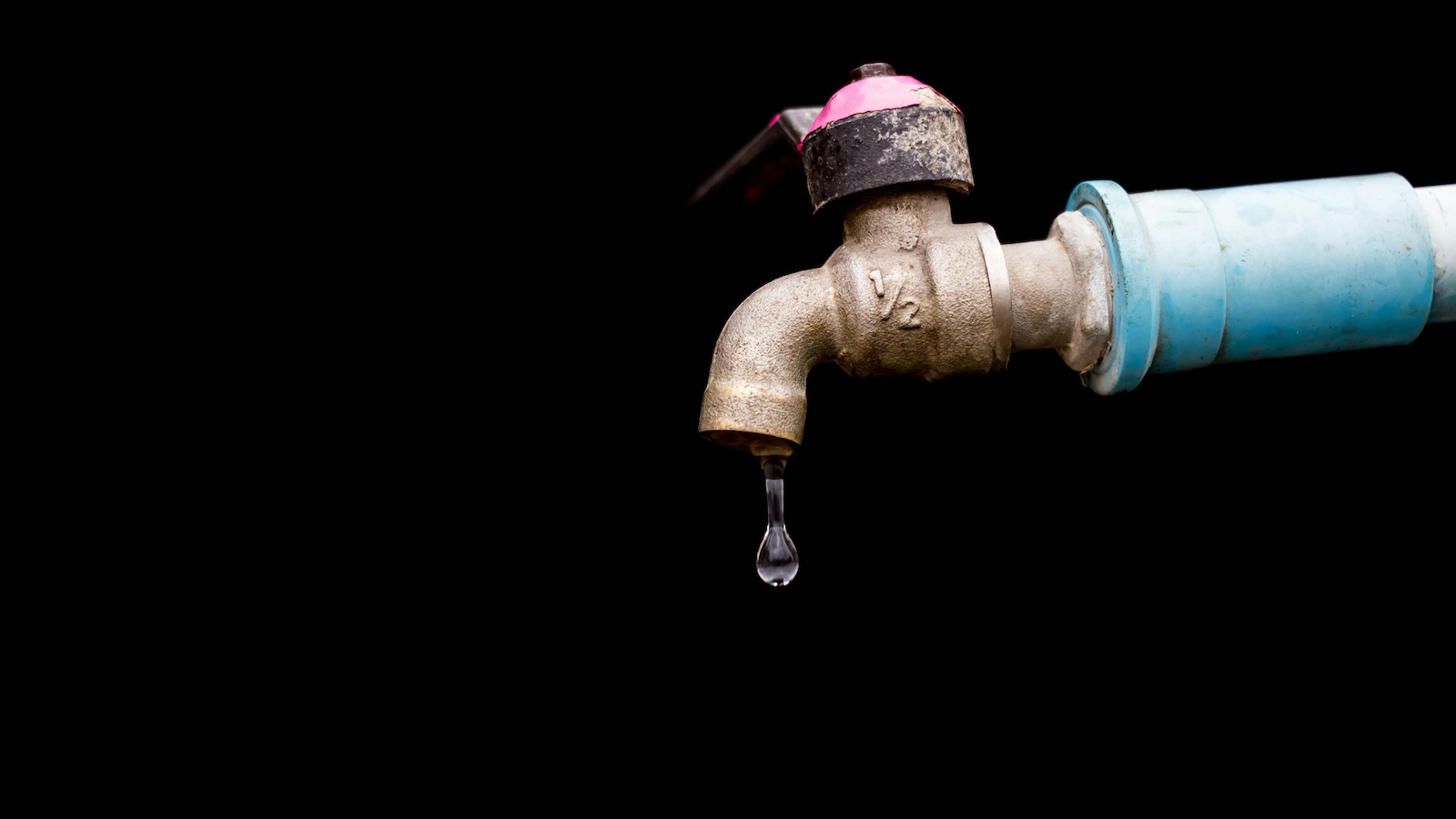It's sometimes said, by those observing the geopolitical unrest, the economic stresses, the warming climate, and the fierce debates over culture and policy, that the world is coming apart. But it would be truer to say that it is, in fact, knotting itself more tightly together.
Consider the following scenario: The climate crisis makes extreme weather more common. Fires and floods damage roads, ports, data centers, factories, and other critical infrastructure. Damaged infrastructure disrupts supply chains, leading crops to fail, ships to be delayed, and energy to become scarce or costly. Prices rise. Trust in institutions falters. Unrest brews. Now concerned with problems at home, states turn inward. Protectionist policies are signed into law. Internal conflicts, over tax, trade or migration, grow more intense. The economic and social instability makes for fertile ground for geopolitical unrest. Nations target each other's infrastructure, companies or information systems. Cyberattacks, state-sponsored and otherwise, rise. That weakens our response to climate disasters. And so the cycle begins again.
Even presenting this as a cycle is slightly misleading. This phenomenon involves overlapping, interlocking risks. The link between cause and effect becomes less and less easy to see. These challenges I've mentioned are almost like different threads in the same tangled rope.
What is going on here?
The answer to that question was given some years ago by the late French philosopher Edgar Morin. What Morin perceived is that in a globalized and increasingly complex world, challenges would not arrive one by one but all at once – that they would be linked, layered and mutually reinforcing. He was writing in the early 1990s, just after the end of the Cold War, and noticed that the rapid expansion of economic globalization threw light on how deeply connected national economies and infrastructures had become. Societies were vulnerable to disruptions that could quickly escalate from apparently isolated local incidents to complex international crises.
Morin was drawing on emerging concepts in systems theory and complexity science. These fields are interdisciplinary or transdisciplinary, involving the study of cohesive groups of related, interdependent components that can be natural or artificial. The fields appeared because it was becoming increasingly plain that we live in a world of systems: climate, energy, digital, economic, political. Each of these is complex enough. Morin's insight was seeing what happened when these overlapped. A political shock in Eastern Europe can drive up food prices in Nairobi. A data breach in Tokyo exposes infrastructure vulnerabilities in São Paulo. One crisis bleeds into another. This is a "polycrisis."
It's easy to see what a challenge this poses for insurance. Tasked with ensuring societal resilience, the world's major insurers have to find a way to grapple with a risk landscape so complex that some are already stepping back. The shift in mindset and approach needed to move from a place where crises are seen as separate events, with their own models, to one where there is really one major crisis that is more than the sum of its parts, is daunting, to say the least.
Given the complexity, and given the cascading nature of polycrisis events, the only practicable approach is to rethink the character of insurance itself. Insurance, traditionally, helps people to recover what they've lost in the wake of a disaster. That's a simplification, of course; but for our purposes here it'll do. Now, insurers have to stop events from happening in the first place, insofar as it's possible, and to prepare their clients well in advance of something happening, should it happen anyway.
No, insurers don't have a crystal ball. But they do have something a little like one. We're already using satellite data to predict fires and floods and monitor fire spread and flood zones in real time. Already, we can use vulnerability analyses and human training programs to protect companies from cyberattacks (most breaches come about because of human error within the company, making the creation of a "human firewall" paramount). We can bring geopolitical intelligence, provided by geopolitical consultants with deep expertise working within governments and their security services, to make sure companies have as much knowledge as is feasibly possible and can make decisions with it in mind.
This is not an exhaustive list of what insurers are now able to do, but they give an idea of the role that technology can play in addressing the biggest challenge that insurance has ever faced. The tools available to us are transformative. They redefine what insurance is, but to the degree that the role of insurance is to ensure societal resilience, they in fact "complete" insurance, allowing us to be the very best version of ourselves. We are becoming a proactive partner, and in a world like this, that's exactly what businesses need.
Let me be clear: The polycrisis can't be solved. But it can be navigated. Businesses can become more resilient and robust, and the protection gap can be closed. That means that those who run and work in those businesses can sleep soundly and chart a course across the choppy waters of this polycrisis.
This is the future of insurance, and it's already here.








